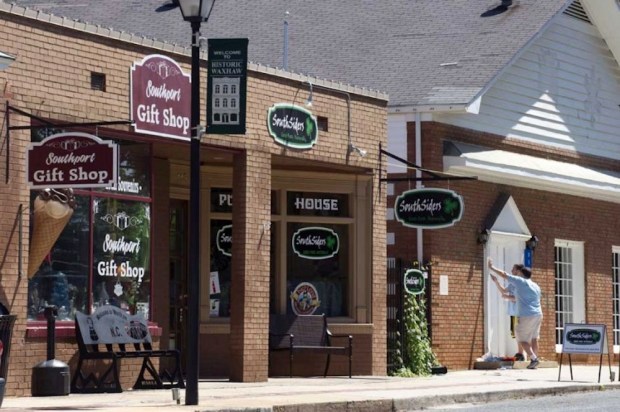What If Millennials Aren’t Quite As Different As Advertised

Millennials are different — a point hammered homed in a million ways, in a million think pieces written since the generation that started to be born in 1980 started to come of age about 10 years ago. And the narrative has been ramping up consistently since we hit what demographers call “peak millennial” last year when the largest single cohort (millennials born in 1990) hit 25 years old. From here on out, the individual years get smaller, and an ever-larger majority of young millennials are crossing the boundary into adult millennials.
Why are millennials different? As we noted, there are about as many explanations are there are writers on the internet to come up with new ones: They are “digital natives” who came of age in an internet-enabled world, they (by and large) entered the job market as the housing market crashed and the economy went belly up, they are the most debt-burdened generation out of college graduates in history weighed down with massive student loan debt, they were told they were special a lot by their baby boomer parents and really believe it about themselves, they learned all their manners on Facebook and Snapchat … We could go on, but at some point, the ideas start repeating each other.
The TL;DR version is that millennials were born and came of age as the world was moving from the industrial to the information age, and it’s shaped them into a totally different generation than those that came before. And that difference has translated to an accompanying belief in retail that the different millennial required a different commerce that can be observed in the proliferation of one-hour delivery options and on-demand services pitched to digitally focused urban millennials.
Just one small issue: What if millennials aren’t so much different as late to the gate and about to adopt a lifestyle that is a good deal less urban and easily accessible?
Why The New Generation Of Consumers
While the explanation of the “why” has been bandied about a lot, there has actually been a fair amount of agreement until pretty recently about the “how” when it comes to the standard narrative about millennial consumers. They are defined as those that prefer walkable urban environments with lots of easy accessibility to some retail centers (grocery is a strong preference). As consumers, they tend to focus on buying experiences rather than things, they prefer renting their homes to buying and they have steered clear of credit card debt and major auto purchases, unlike their counterparts in Generation X and among the boomers.
As recently as 2014, the Nielsen data was pretty clear — the millennial American dream was a 2.0 version that bore only a slight resemblance to what came before it.
But two years, some economic recovery and an increasing number of older millennials having children have pushed that data some, such that millennials are starting to look a lot less different from their parents and older siblings and a bit more like they are just late to the party.
Same Consumers, Different Circumstances
Demographer William Frey of the Brookings Institution has maintained a different theory about millennials: They aren’t in cities disproportionately because they want to be, so much as because their circumstances necessitate it. Due to high debt levels and the timing of the Great Recession, millennial buyers who would have otherwise bought homes as their wages went up and their households grew saw their wages stagnate and put off starting households.
Once those pressures were alleviated, he has long hypothesized, the demographic shift of younger and middle-period millennials will be toward the larger suburban homes they grew up in.
And recent data indicates he’s not entirely wrong.
This summer, first-time home buyers, for the first time in quite some time, were the majority of the market. And those buyers were, by and large, found in the suburbs. The average millennial consumer was purchasing a four-bedroom home with 1,900 square feet. Urban supply is low, prices are high and rent — particularly in desirable cities — is at an all-time high, according to Zillow. And the data shows that, among older millennials — particularly those over the age of 30 — they are not only leaving cities, they are leaving cities at a much faster rate than their parents or older siblings did.
What It Means For Retail
That is a big question mark that remains, though it seems some particularly niche startups catering exclusively to urban millennials may have some rethinking to do. Logistics are much more complicated as one’s core customer base is no longer entirely concentrated in a handful of urban areas.
All those restaurant delivery services catering to on-the-go urban couples probably can’t come up with a profitable model as too many of those customers because more home-bodied suburban families.
But in some regards, the jury is still out as to what exactly the suburban next phase will look like, as some have noted that digital millennials won’t want to leave their digital lifestyle behinds and instead will shape the suburbs of the future into “hipsterurbias,” where big houses ring an urban infrastructural core that is walkable and Uberable.
But whatever comes next, it seems that it will have to free itself of the idea that there is going to be permanent class of digital natives who will choose the city no matter what.
Because it looks like the new generation of consumers is actually hoping for something a bit more like the previous generations of consumers than initially thought.
